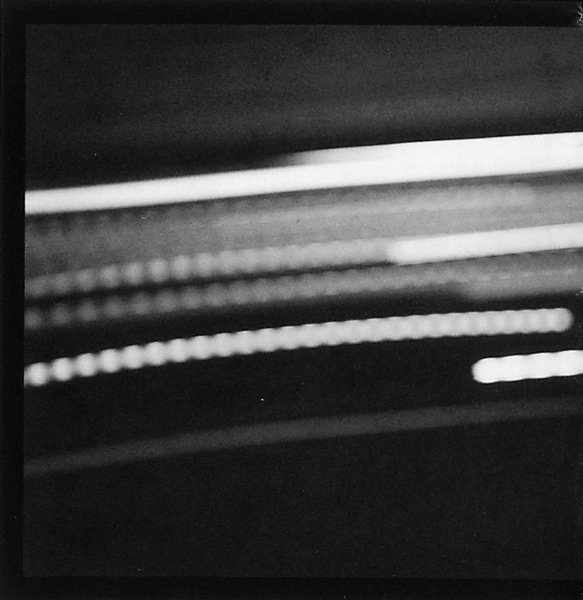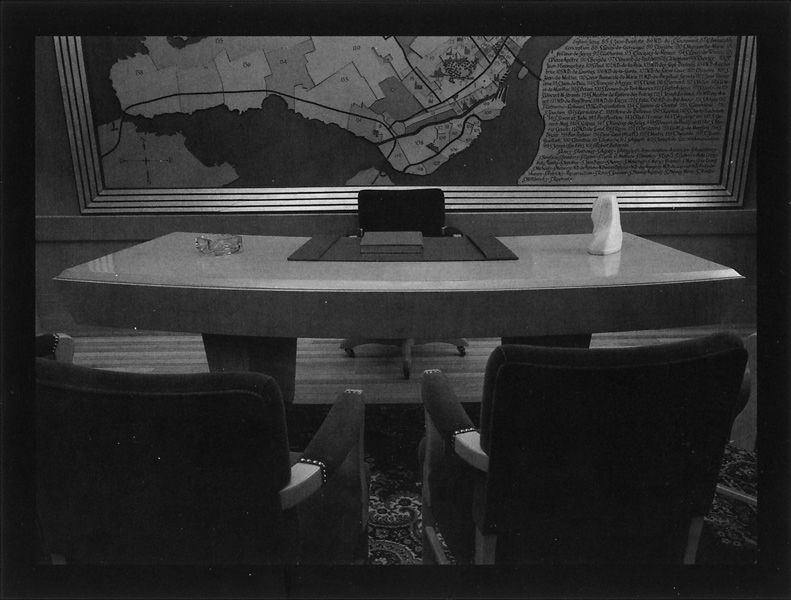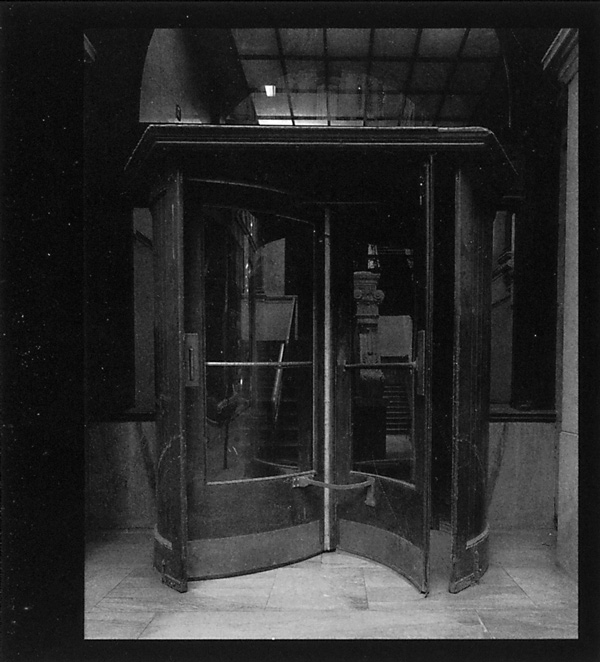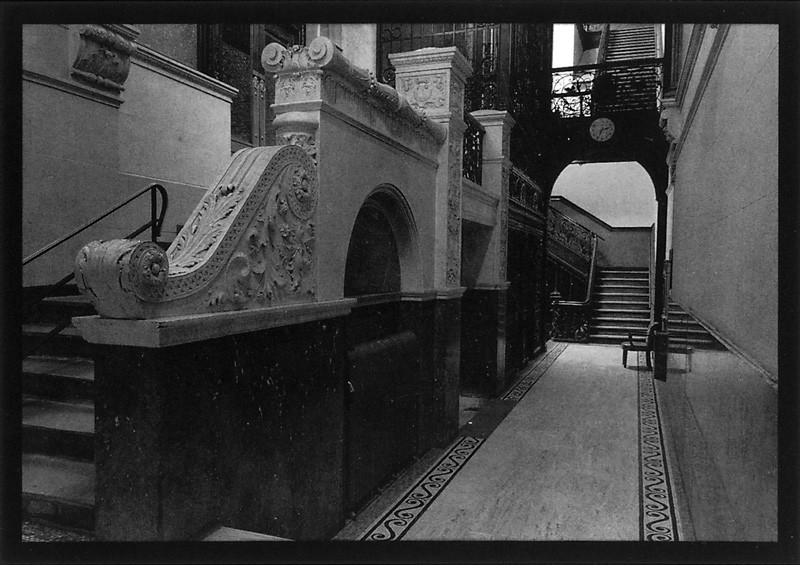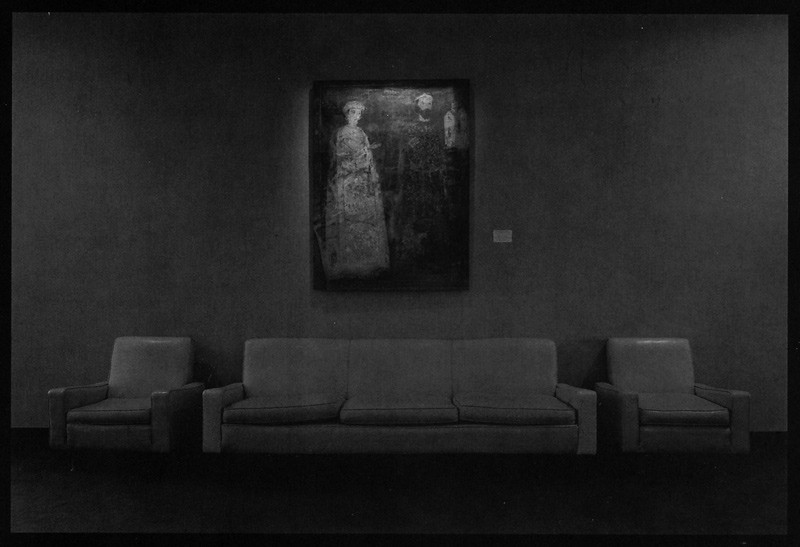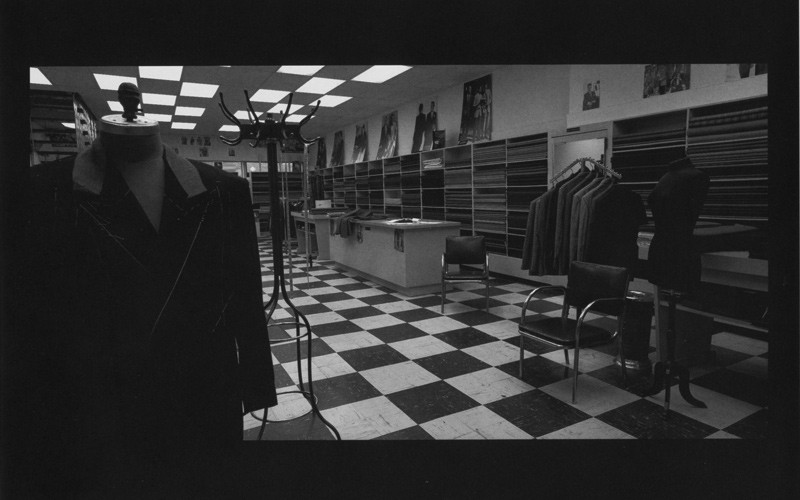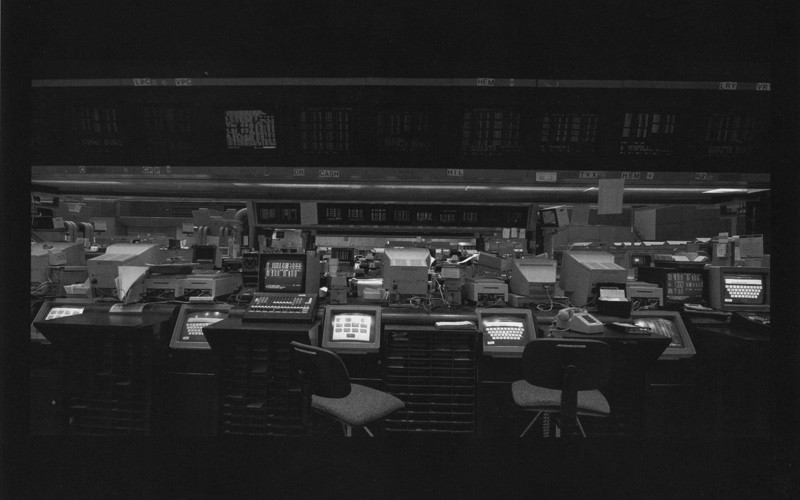[Spring 1995]
is the business of urban strollers,
crossing thresholds to search within,
for traces of the occupants’ passage.
by Claude-Philippe Benoit
In recent years, my projects have begun by paying a visit to various places where power is made manifest and its games, played out. “In its simplest form,” my work is about thought process. A process where thought “travels the long route,” to observe and convey the ways of modernity. In so doing, it identifies the critical attributes of a system of ideas that disseminates the axioms of a modern era constantly seeking to be redefined. The works do not aspire to be scholarly analyses of social codes, but instead, call forth the covert forces of representation, by sounding the apparent veracity of commonplace power.
They are images concerned with Western ideology and the different work-based functions that inspire it. They are directed toward the values (in certain cases ancestral) by which we live, either out of choice or force of social habit. This hierarchical structure of public life is generated in the dens of power, where the struggle of the individual turns to battle.
The approach to the subject matter is often formal, using diptychs which, on the one hand, create analogies of possible exchanges between two emblematic images, and on the other, oppose the visual notions of close and far range viewpoints. Oppositional tension is induced by an effect of to and fro between the images; avenues of interpretation – exclusive or unexpected – consequently multiply. Thus, photography becomes the perfect medium with which to question the place and function of images’ insignia. It partakes in allegory while remaining anchored in reality. Form and content become one, and the passage between both arrests the viewer’s eye. From this point on, he or she is able to further a singular, more profound interpretation. One may hope, then, that the critical regard directed toward the work’s content is thrust forward, urged on by the initial visual appreciation. (To perceive intangible matter.)
Ideas themselves have no abode. Here, they oscillate, hesitate between two places, until such time as the images claim their status as a work of art, precisely when the unsoundable takes form. Images, like speech, seek to support their object. Hence, in apprehending what is given to be seen, the very idea, the homeless embryo, is corrupted.
Translated by Jennifer Couëlle
February 1995
Claude-Philippe Benoit grew up in Hull, and studied visual arts and film production at Algonquin College during the 1970s. He has worked as a cameraman in the fields of film, television and video for over ten years, and holds a Masters degree in photography from Concordia University. His works are part of numerous public and private national and international collections. Claude-Philippe Benoit is represented by the Linda Généreux Gallery in Toronto, and lives and works in Montreal.


